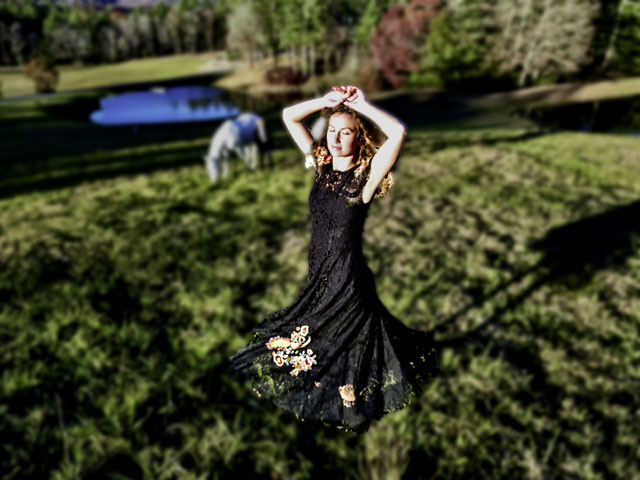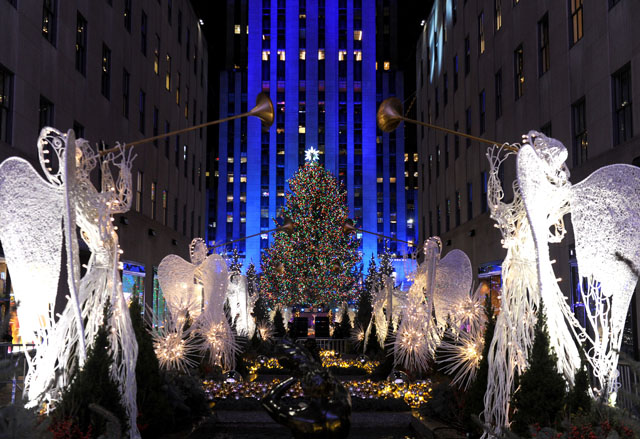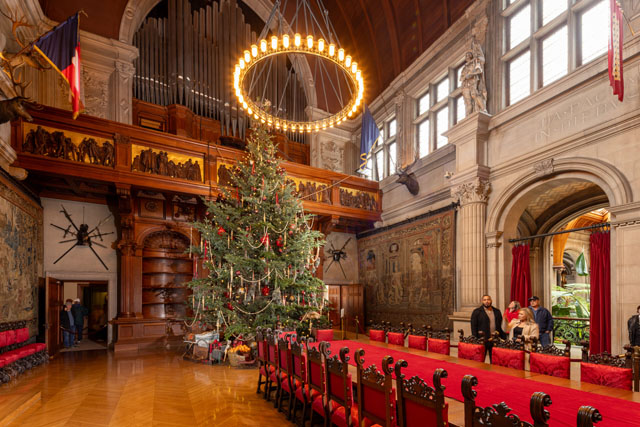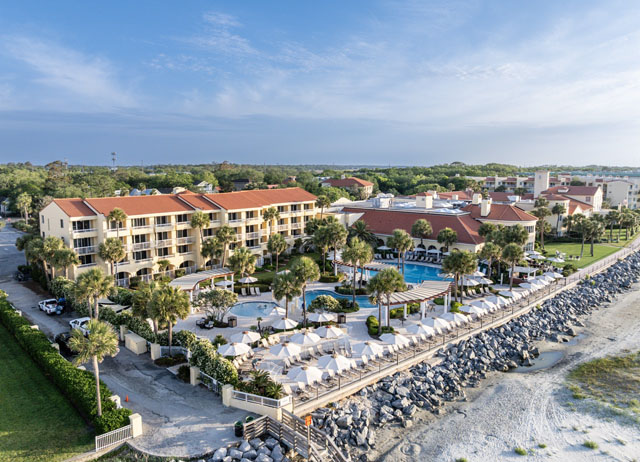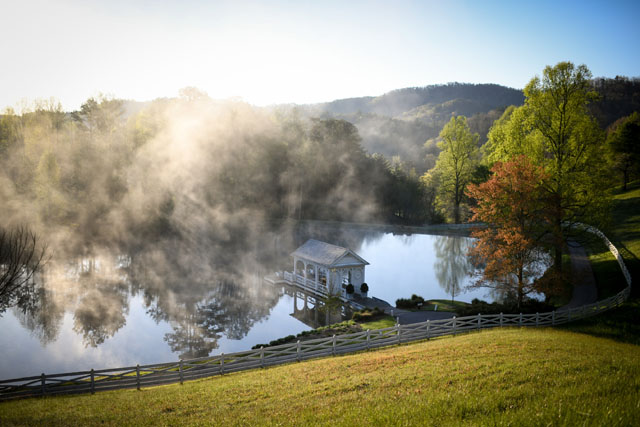A new way to Pompeii
02 Dec 2023
Discovering authenticity, fine dining, and volcanic adventures in the shadow of Mount Vesuvius
By Katie McElveen
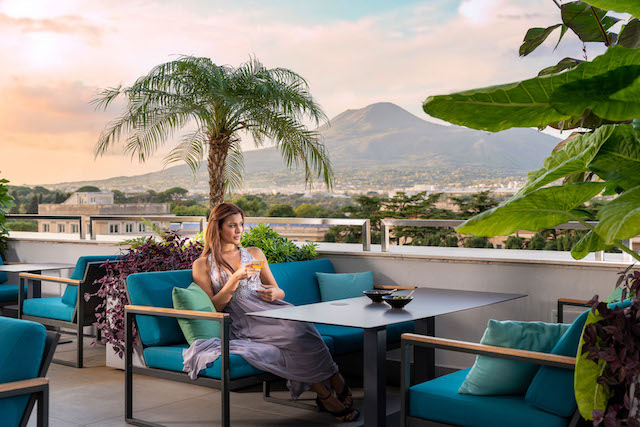
As historic events go, the destruction of Pompeii, the Roman city that was buried under more than 30 feet of ash when Mount Vesuvius erupted in AD 79, continues to capture attention. I’d long wanted to visit, but had always hesitated; the logistics of planning the full-day, round trip excursion from Rome or Naples just seemed too daunting to handle on my own.
That all changed in 2021, when hotel Habita 79 opened just a few blocks from the entrance to the historic site. Habita 79 isn’t Pompeii’s first hotel, but it is the city’s first luxury property and it’s a game changer. Now, instead of coordinating a hurried in and out, visitors can linger and explore not just the historic site, but the city and surrounding attractions as well.
My visit started at Cantina del Vesuvio, a family-owned winery that grows its grapes in the volcanic soil that forms the base of Mount Vesuvius. After a quick tour of the barrel room, we moved out to the terrace, where wine awaited alongside cheese, pasta and views of the Gulf of Naples and the island of Capri on one side and Mount Vesuvius on the other. From there, it was a quick drive to the hotel, where a grand façade and elegant gardens stand in stark contrast to the pizza parlors, campgrounds, ice cream shops and kiosks selling tourist tchotchkes that line the street from the highway to the entrance to the ruins.
The hotel, which is named for both the number of rooms and the year of the eruption, feels grand and but not flashy, with marble, wood and jewel-toned velvet in the public areas and lots of soothing blues and greens in the rooms. The hotel’s restaurant, Il Circolo, has become a hub for locals, who gather each morning for espresso and gossip at the bar. In the evening, dressed to the nine, they return for apertivo—which resembles a cocktail party—a late and, if there’s live music, dancing. It became clear that we were the only outsiders, but, before long, we’d been gathered into the friendly fold, where we did a bit of dancing ourselves and learned that dinner is just a small part of an Italian evening out. It’s fun, festive and, thanks to Executive Chef Roberto Lepre’s knack for lushly sauced pastas, delicious. If you’re lucky, Chef will hold one of his casual cooking classes while you’re there; ours taught me that making gnocchi—tiny pasta dumplings shaped one-at-a-time around the tines of a fork—is best left to professionals. During the warmer months, the action moves to the rooftop, which offers gorgeous views of Mount Vesuvius.
The hotel is also home to a Nuxe spa and it offers something quite rare: a hot stone massage with local volcanic stones. I wish I’d booked two.
Since Pompeii’s ruins are the most-visited archaeological site in the world, I had expected a typical touristy town but instead I discovered a city that, once I got beyond the entrance to the ruins, was so traditional that shops still close during the middle of the day. It was lovely and refreshing to find myself immersed in authenticity as I wandered through the dusty hardware stores, beautiful fur and leather boutiques, shoe shops, butchers, fruit markets and decadent gelaterias along Via Lepanto. Pompeii’s ornate cathedral was consecrated in 1891; a highlight is the painting Our Lady of Pompeii, which was purchased for the equivalent of one dollar and transported from Naples to the church in a manure-filled wagon.
I was surprised to learn that Vesuvius itself can be explored on foot via the Gran Cono trail. It takes about two hours to complete the popular four-kilometer journey.
I highly recommend hiring a guide to take you through the ruins. Though the signage is ample, and in English, it doesn’t convey the emotion that locals and historians still have for the place. I didn’t realize, for instance, that Pompeii was a bustling trade port (the eruption moved the coastline further west) that was home to about 20,000 residents. There were wine bars, restaurants, brothels and a huge amphitheater where gladiators trained. The guide shared brilliant innovations, too, like the stepping stones that stretched across streets so that pedestrians could cross without getting their feet wet when the roadways flooded. The raised stones were spaced so that chariots could pass over them without breaking an axel.
Walking through the crowded streets of Pompeii, I had no trouble imagining the city as a lively metropolis where people lived, played, loved ate and schemed. Within the praedia—or inn—owned by a woman named Julia Felix, I discovered ornate gardens, deep soaking tubs and a spa with an outdoor pool. At the House of Vettii, which reopened to the public in early 2023, I marveled at remarkably vibrant frescoes of angels, buildings and scenes of gruesome punishments framed by walls painted in deep shades of red and yellow.
Tragically, it was also easy to imagine how these families had died: some skeletal remains lie in situ; there are also full-sized plaster casts fabricated by archaeologists more than two hundred years ago. The casts were made when scientists discovered that, long after the bodies of the victims had decomposed, the ash that had killed them retained the shape of their bodies. After pouring plaster into the voids and allowing it to harden, workers were left with life-sized statues men, women and children that are remarkable in their detail.
I’m glad I had several days to take in Pompeii. Not only was I able to stare at Vesuvius and wonder about the lives it had changed, but I was also able to explore the wonderfully unscripted city, all at my own pace.

